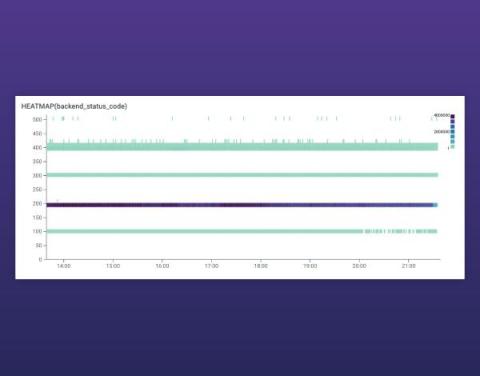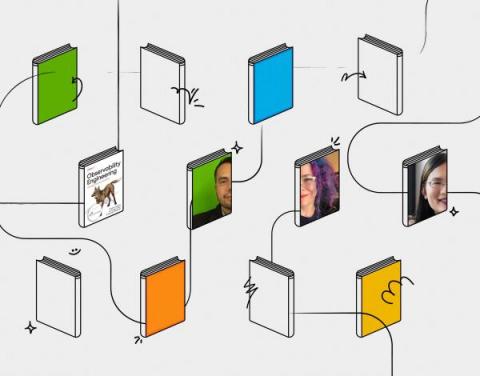Ask Miss O11y: Is the OpenTelemetry Collector useful?
Dear Miss O11y, I’ve been told I need to use the OpenTelemetry Collector, but I have no idea what it is, or why I need it? Should I be using it? What value does it add? What the hell am I missing?










